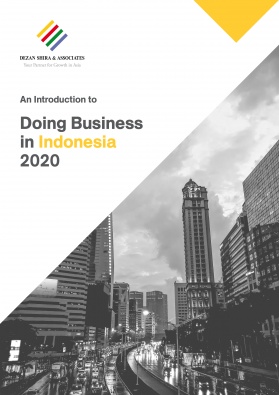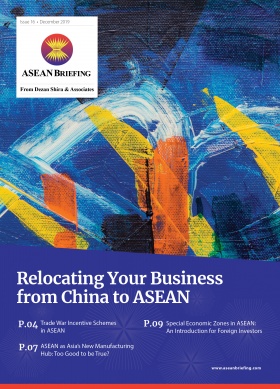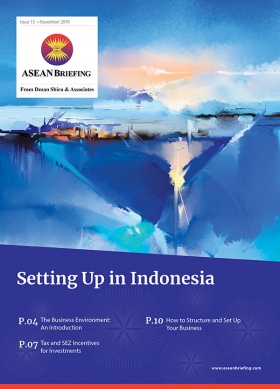ASEAN Overtakes EU to Become China’s Top Trading Partner in Q1 2020
- ASEAN overtook the EU as China’s largest trading partner in the first quarter of 2020.
- This has been attributed to the extended lockdown measures within the EU and that the bloc will regain its position after the pandemic subsides.
- Electronics, in particular, integrated circuits, have been a major contributor to the Q1 numbers, with China importing US$14.9 billion dollars’ worth over the three months.
- In a post-pandemic economy, it is expected that the ASEAN bloc and China will strengthen their regional trade and become the engine of global growth.
The Association of Southeast Asian Nations (ASEAN) became China’s largest trading partner in the first three months of 2020, surpassing both the EU and the United States.
During this period, ASEAN-China trade increased by 6 percent year-on-year to US$140 billion and accounting for 15 percent of China’s total trade volume. This comes as the country’s traditional, largest trading partner, the EU, has been on lockdown. China’s imports from Vietnam and Indonesia rose by 24 and 13 percent year-on-year, respectively, highlighting the increasingly integrated supply chains between the two regions.
ASEAN had already become China’s second largest trading partner in 2019 with trade valued at US$644 billion, overtaking the US amid friction between the world’s largest economies. To offset the impact of the trade war, China looked to other regions to fill the gap, most notably ASEAN nations.Analysts, however, expect the EU to regain its top position as China’s largest trading partner as the virus fades considering some 20 percent of the bloc’s total imports come from China.
Electronics pushes ASEAN trade to the top
Electronics have been a major contributor to the Q1 numbers, with China importing US$14.9 billion worth of integrated circuits from ASEAN countries, up by 25 percent in the previous year. This includes chip capacitors, microprocessor chips, and analog-to-digital converters; China exported some US$6 billion worth of integrated circuits to ASEAN.
With the increasing economic uncertainties caused by the US-China trade war, many Japanese and South Korean companies began transferring production to ASEAN, attracted by lower-wage structures as well as improving infrastructure and legal environment. These businesses have established integrated circuit factories in Malaysia, Vietnam, and Thailand, which in turn have been able to cater to the demand of the Chinese market.
These new production hubs do not mean the entire industrial chain has shifted to ASEAN, rather they have become an extension of the industrial chain in China. Many of these factories still require raw materials, equipment, expertise, and technology from China, and many are also dependent on Chinese consumers as their primary markets.
Can ASEAN retain its position?
When the pandemic resides, the EU is expected to regain its position as China’s largest trading partner.
Yet, as China slowly returns to pre-COVID-19 production levels, the country’s demand for mining products will benefit major producers in ASEAN, such as Indonesia, Malaysia, Myanmar, and Laos. Other sectors set to benefit from the resumption of China’s manufacturing are the region’s semiconductor and electronics industries, spurred by the development of 5G technology and the textiles and garment industry.
In the post-pandemic period, there will be efforts for greater regional trade integration among the ASEAN+3 (ASEAN+ China, Japan, and South Korea) economies, particularly as a counterweight against the rise of protectionism policies, and make these economies more resilient to volatility shocks.
This will be further supported by the finalization of the Regional Comprehensive Economic Partnership (RCEP) free trade agreement (FTA) later in 2020.
The proposed FTA will link the ASEAN members and China, Japan, South Korea, Australia, and New Zealand (India withdrew from the agreement), in what is expected to be the world’s largest FTA, encompassing 3.4 billion people and one-third of global GDP.
Increasing market access, reduction in tariffs, and the opportunity to facilitate small and medium-sized businesses (SMEs) in ASEAN to integrate regional supply chains will make products from ASEAN more competitive and position the bloc as a key player of global growth, after the pandemic.
About Us
ASEAN Briefing is produced by Dezan Shira & Associates. The firm assists foreign investors throughout Asia and maintains offices throughout ASEAN, including in Singapore, Hanoi, Ho Chi Minh City and Jakarta. Please contact us at asia@dezshira.com or visit our website at www.dezshira.com








